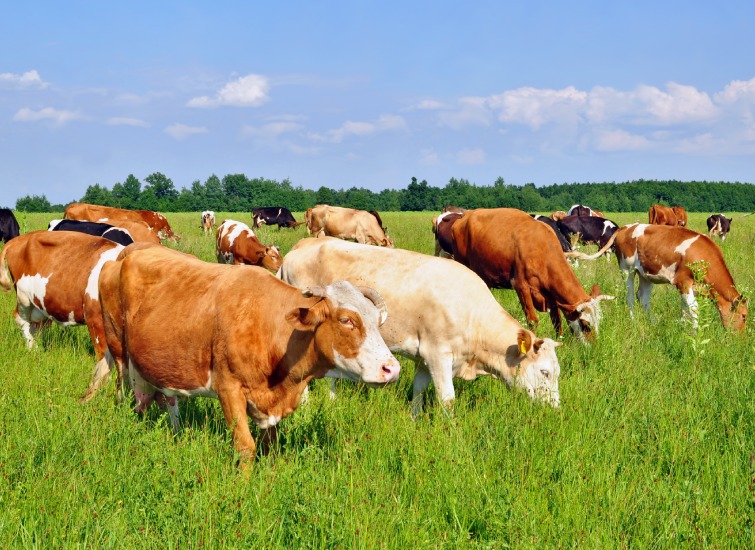Agricultural Land Investments And Renting

Advertisement: Click here to learn how to Generate Art From Text
Over the last three decades, the average price per acre for Canadian farmland has risen by over 800%In the key regions like Ontario, prices have risen even further, averaging nearly $18,000 per acre, with some farms in Southern Ontario fetching over $30,000 per acre. In certain regions, like Ontario, prices are even higher, averaging $18,000 per acres, with some farms in Southern Ontario fetching as much as $30,000 an acre. This phenomenon is a result of a number of factors including the increased demand for agricultural products and shrinking farmland.
Farmland Price Increases: What’s Driving Them?
Population growth and dietary shifts
Global population growth is driving a demand for crops and livestock. This demand has been further intensified as consumer preferences have shifted towards high-protein foods, which require additional agricultural inputs. As a consequence, the value has increased dramatically.
Farmland Reduction
During the same period, Canada lost approximately 8% its farmland since 2001, putting more pressure on the remaining lands. This decrease in available farmland is a contributing factor to the escalating price of land, as the competition increases.
Renting vs. Financing
Investment funds and firms that specialize in private equity are increasingly partnering with Canadian farm owners to purchase farmland. They share in the profits and offer farmers the opportunity to rent their land instead of financing.
Renting farmland is now more popular than buying it. According to Farm Credit Canada (FCC)Rental rates are largely unchanged for 2023. However, renting has a cash flow benefit and reduces risk compared to financing. This trend offers farmers a viable alternative to buying land, allowing for more flexibility in managing their operations. However, multi-generational farms still make up the majority of those who purchase agricultural real estate.
Some people, however, may find that the high farmland values and high interest rates are a problem because they are causing them to lose out on their land. Budget pressureFarmers are now looking for alternatives. Some farmers are selling all or part of their land in order to gain equity and then renting.
Farmland Values Increase
The value of Canadian farmland is on a steady upward trend. In 2023 the Average valueThe value of cultivated farmland has increased by 11.5%. This follows a 12.8% rise in 2022, and an 8.3% rise in 2021. These are the highest increases reported by FCC since 2014. These increases were notable despite high interest rates and input prices.
Regional Variations
The following are some of the ways to get in touch with each other: Most IncreasesSaskatchewan (15.7%), Quebec (13.3%) and Manitoba (11.1%) all saw an increase in farmland prices in 2023. Other provinces experienced increases below the national median, such as Ontario (10.7%), Nova Scotia (8.8%), Prince Edward Island (7.3%) Alberta (6.5%) and New Brunswick (5.6%). British Columbia saw a decrease of 3,1%, but the per-acre value is highest.
Irrigated Land
The demand for irrigated lands is strong. Significant increases in value have been reported, especially in Manitoba (18.1%), and Alberta (11.7%).
Pastureland
Pastureland tends to be less valuable than cultivated land. Manitoba had the largest increase (19.0%), Saskatchewan (12.7%), and Alberta (9.6%).
Farmland in Canada is the largest agricultural land mass in the world. Markets are a great way to get a hold of the right people.The value of the farm has increased significantly, despite a lack of demand and a period with high interest rates.

‘ Credit:
Original content by www.canadianrealestatemagazine.ca – “Agricultural Land Investments And Renting”
Read the complete article at https://www.canadianrealestatemagazine.ca/news/agricultural-land-investments-renting/




